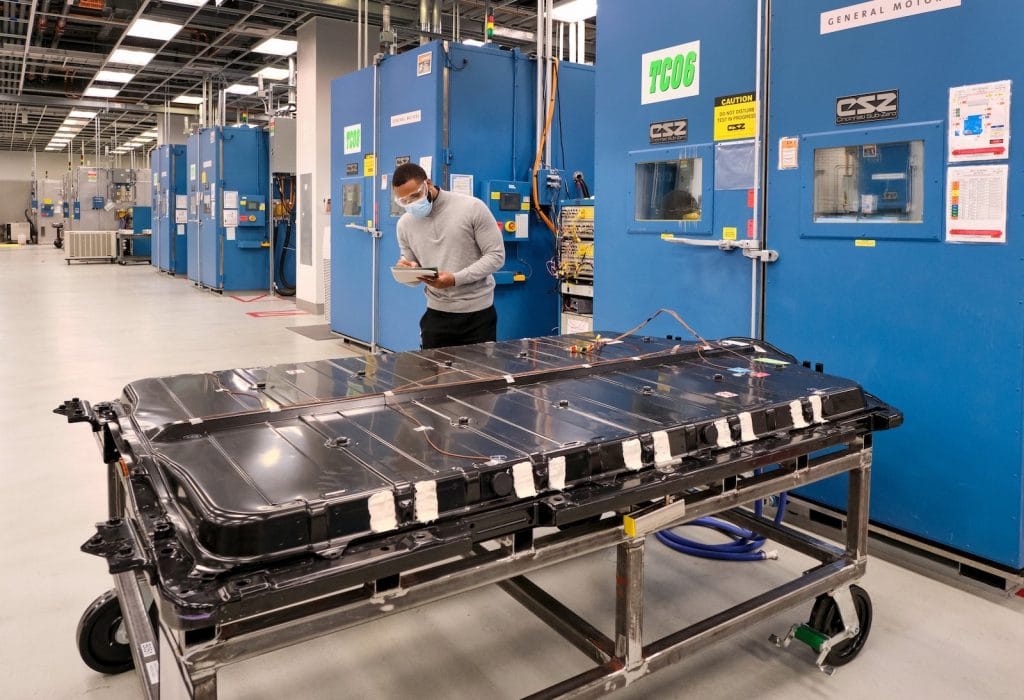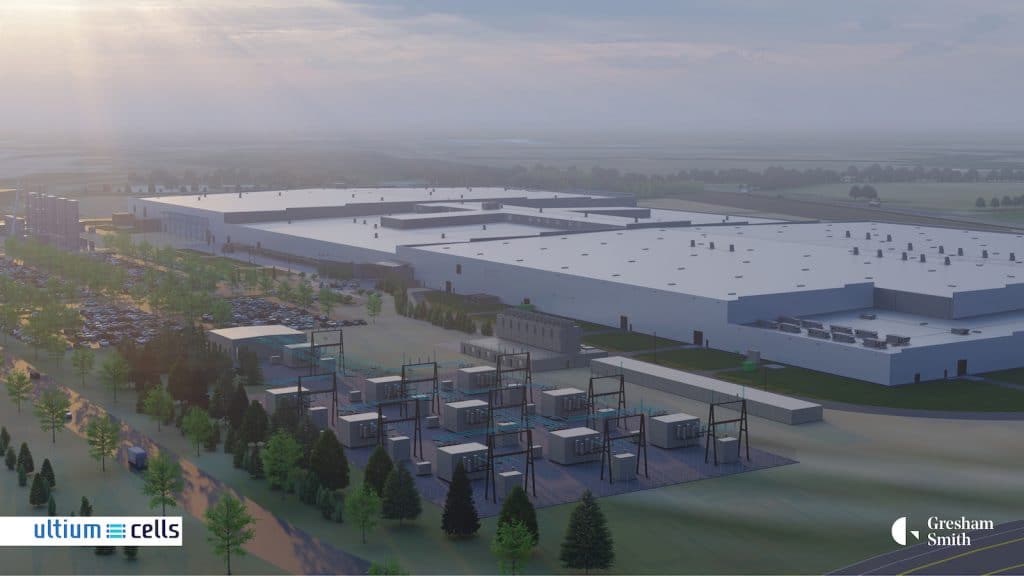General Motors forged a new joint venture with South Korean battery maker Posco. The move is part of its efforts to bolster its EV supply chain for North American electric vehicle production.

GM Executive Vice President Doug Parks made the announcement Wednesday, without providing much additional detail, such as what percentage of the company will GM own and how much it’s investing. In fact, technically the deal isn’t done, although he did note the new venture is expected to begin during the first quarter of next year.
“Our work with Posco Chemical is a key part of our strategy to rapidly scale U.S. EV production and drive innovation in battery performance, quality and cost,” he said. “We are building a sustainable and resilient North America-focused supply chain for EVs covering the entire ecosystem from raw materials to battery cell manufacturing and recycling.”
The new venture, which doesn’t yet have a name as it’s not a formal entity yet, will produce the cathode active materials, or CAMs, for EV batteries. CAMs account for about 40% of the cost of a battery cell. The new venture, which is expected to be up and running by 2024, will supply GM four new Ultium battery plants in North America.
Focus on North America

Parks noted the plan is for the new plant to support GM’s electric vehicle battery plants and its Ultium battery systems. For now, that means facilities in Lordstown, Ohio and near Spring Hill, Tennessee. GM hasn’t yet revealed where it plans to build two more plants with the goal of reaching 140 gigawatt hours of production capacity annually.
Like so many other automakers, GM is attempting to lock down its supply chain partners, especially for North America. Competitors like Ford, Stellantis and others have all made announcements recently about forming partnerships to ensure its battery supplies don’t get interrupted.
The company’s looking to avoid a replay of the semiconductor issue that’s plagued all makers this year and is expected to impact them through 2022.
“We’re not fully recovered yet and I don’t think we expect to be into 2022 I think the way I would describe it as it stabilized,” said GM CFO Paul Jacobson during a conference call with Credit Suisse, adding, “So I think as we look forward I think we expect to see first quarter may probably similar to fourth quarter and then starting to stabilize and improve throughout the second half of 2022.

How will it work?
The site will essentially collect all of the raw materials and other items needed to build the CAM. The goal is not only make certain there are no disruptions to the supply, but to also make the process more efficient. Of course, where there are efficiencies, there are expected cost savings.
Parks confirmed the company expected to see just that, but declined to speculate on how much lower it would be than GM’s current stated target of $70 per kilowatt hour. Nissan earlier this week chronicled its plans to invest $18 billion into its electrification efforts, expecting to get the price down to $65 per kilowatt hour.
The plant will see some of the benefits of additional scale once the other two Ultium plants come online as well. The magic number to get EV costs on par with gas- and diesel-powered vehicles appears to be about $50 per kWh, according to industry estimates.
“Two more U.S.-based Ultium cell plants are planned by mid-decade as GM drives mass adoption of EVs with high-volume Ultium-powered EVs, including a Chevrolet crossover priced around $30,000,” the company noted.







